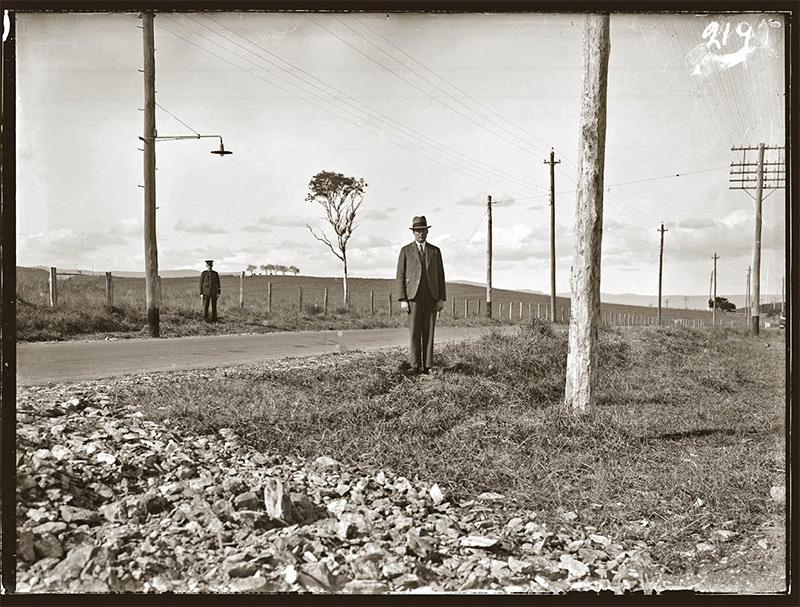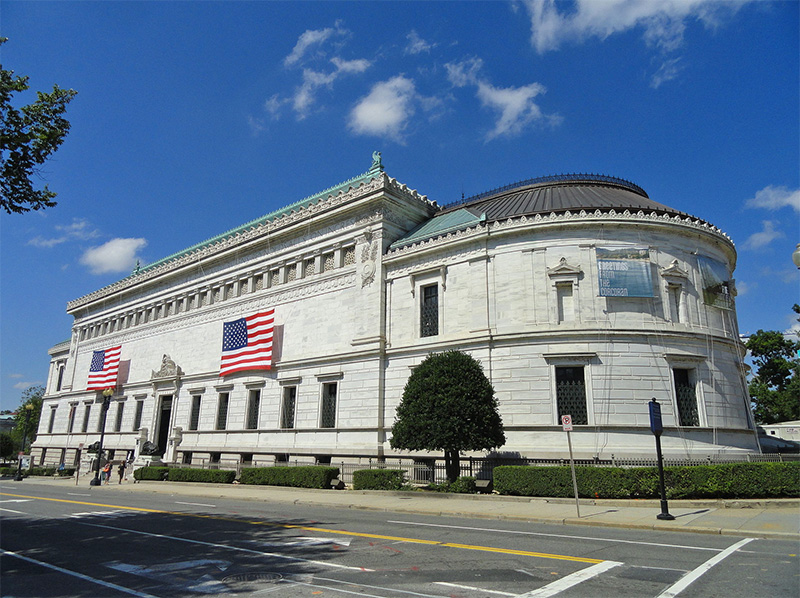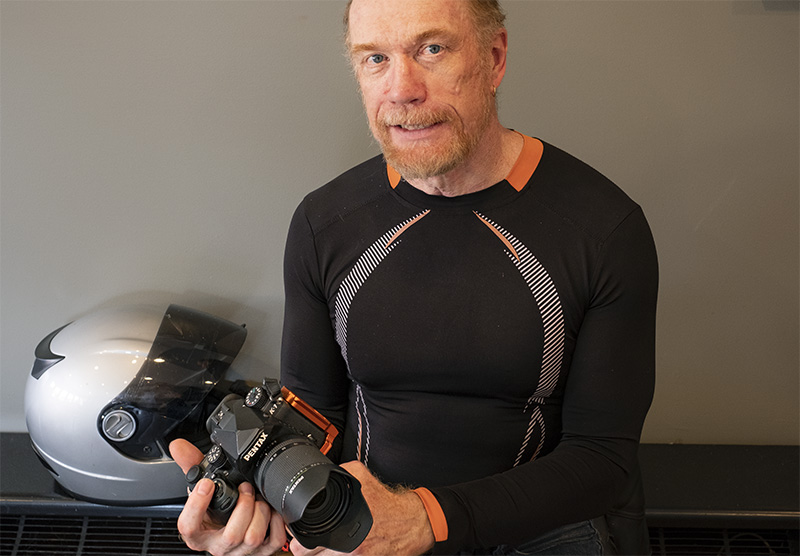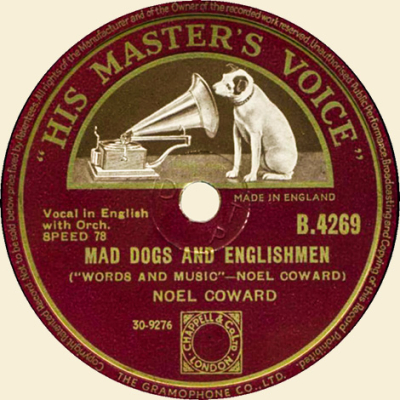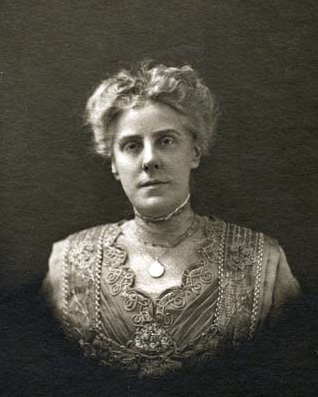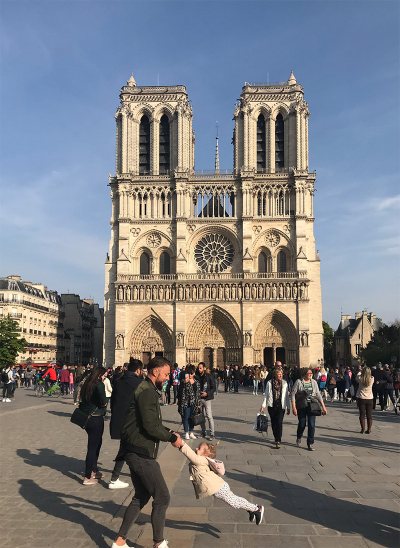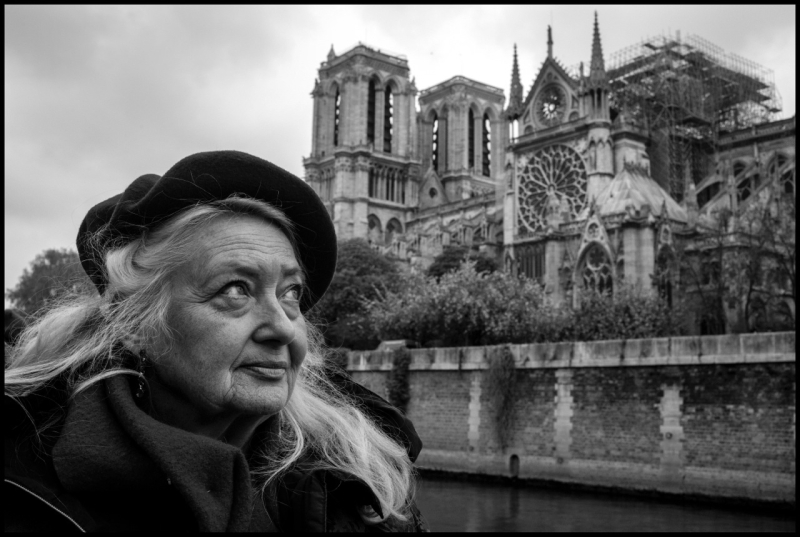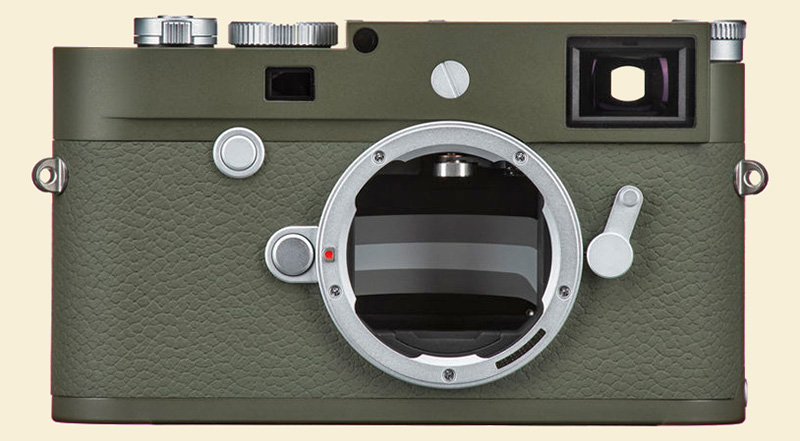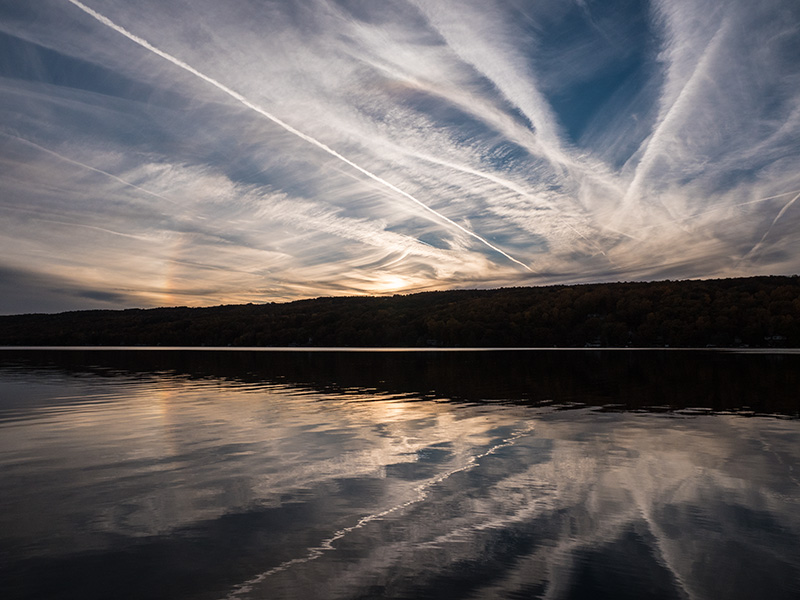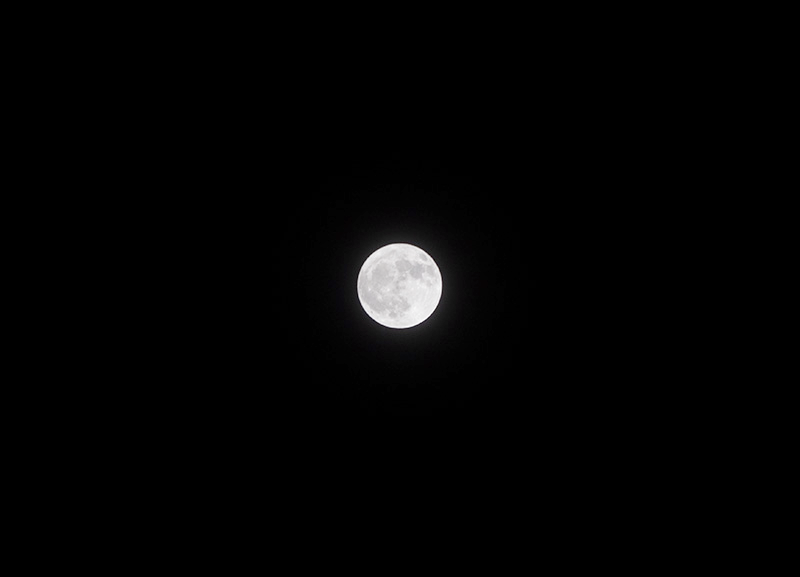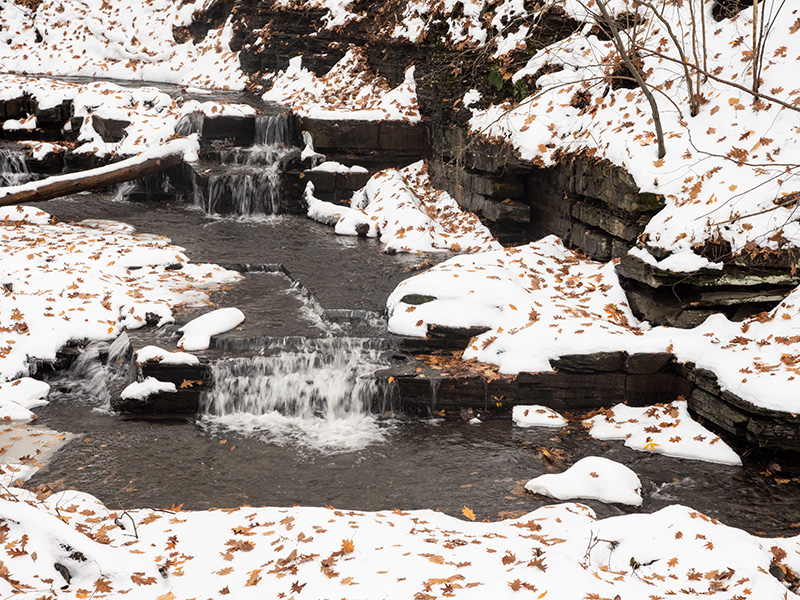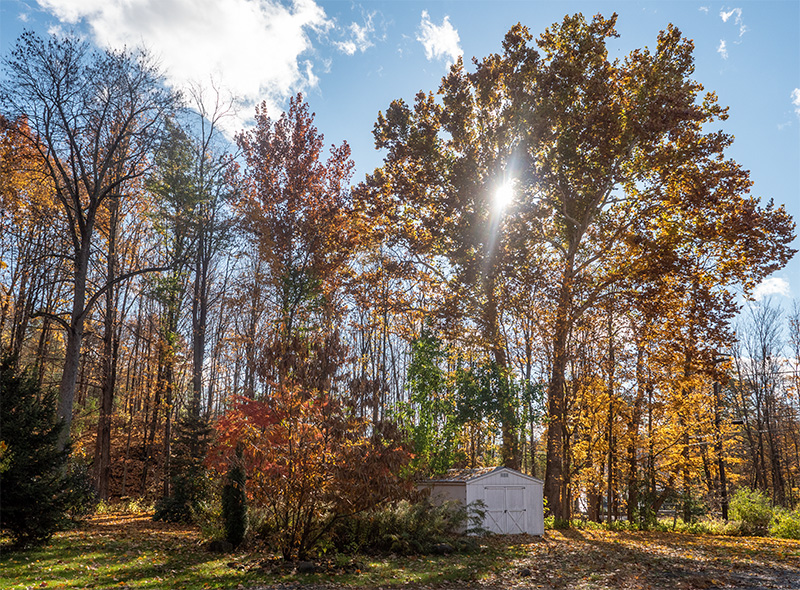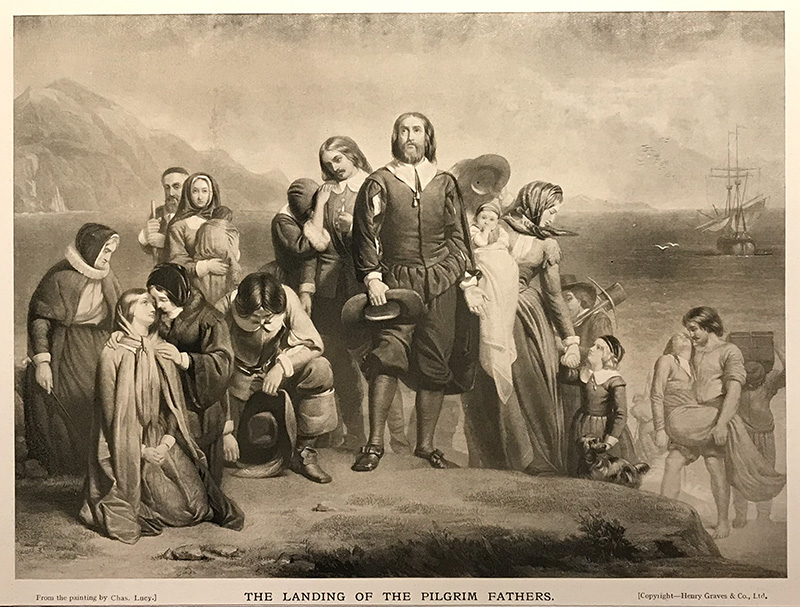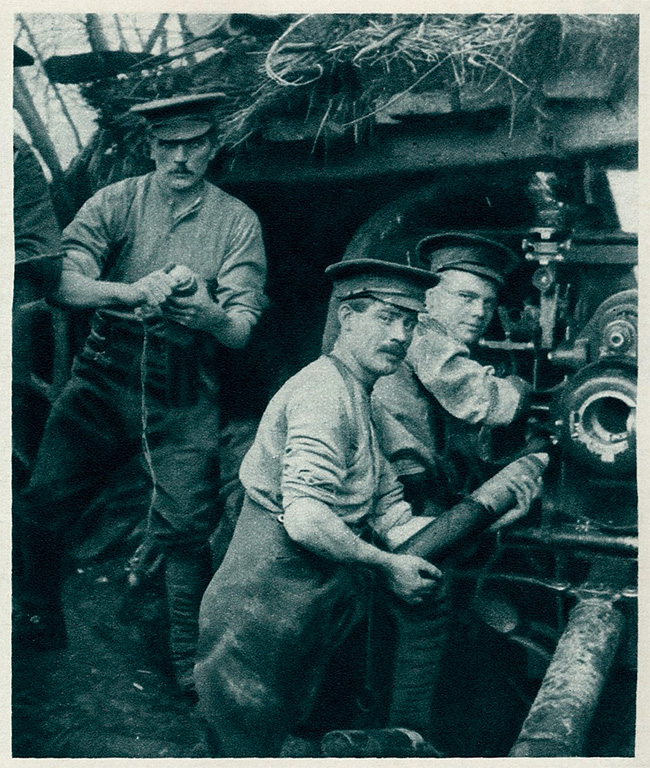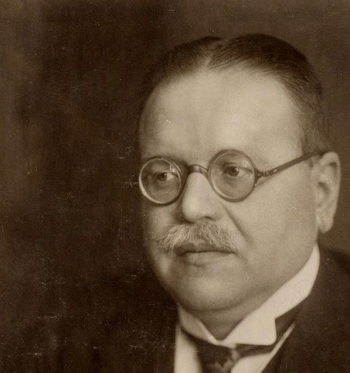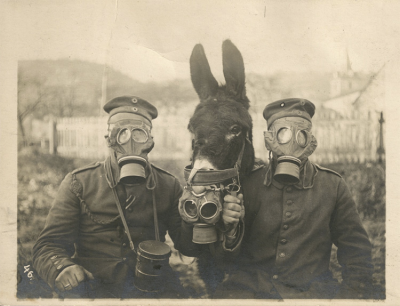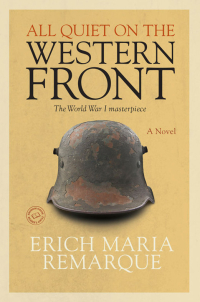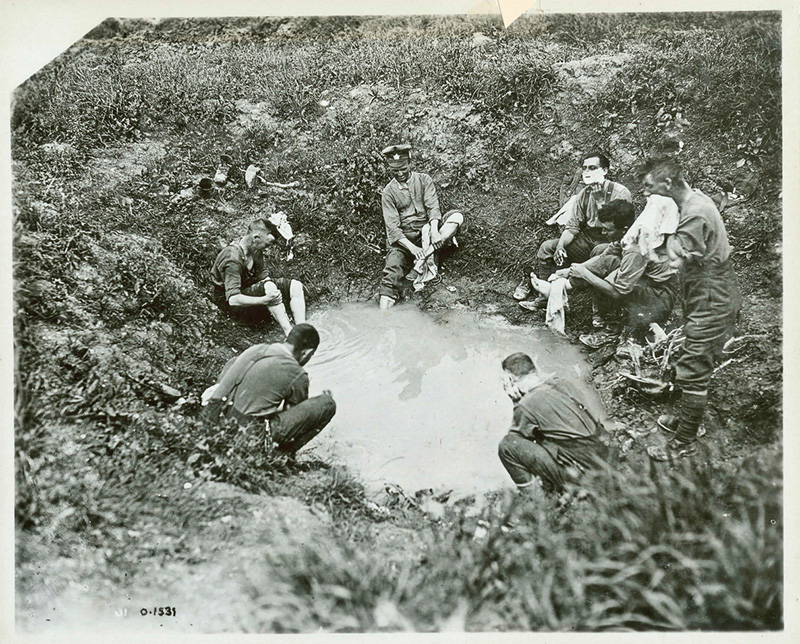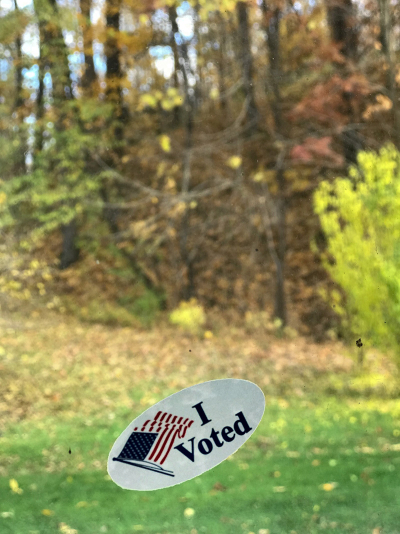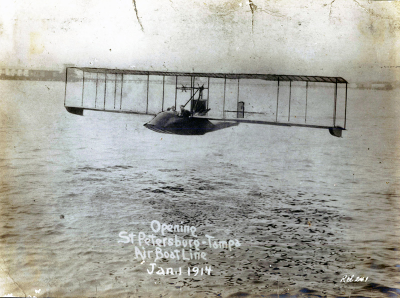Is this real? It appears to be legitimate, although there's little talk about it on the Web so far. Makes me nervous when there isn't corroboration. We need to approach the Internet with a high degree of everyday skepticism...anyway, here goes.
Erwin Puts, who for several decades has been the world's leading independent expert on Leica products present and past, has announced his farewell to what he calls Leica World. Declaring that "the soul of Leica products has been eradicated," he says the company is going down a path he is no longer willing to follow.
It appears from his short announcement, however, that his interest in legacy Leica and Leitz products will continue.
Erwin is the author of the well-respected privately-printed books Leica Compendium, Leica Lens Compendium, Leica Lens Saga, and Leica Chronicle. He has been writing at length and in detail about Leica cameras and lenses, and the company, for well over 30 years.
Great recantations
If this is true, it reminds of when Peter Henry Emerson declared the "Death of Naturalistic Photography":
Emerson soon became convinced that photography was a medium of artistic expression superior to all other black-and-white graphic media because it reproduces the light, tones, and textures of nature with unrivaled fidelity. He was repelled by the contemporary fashion for composite photographs, which imitated sentimental genre paintings. In his handbook Naturalistic Photography (1889), he outlined a system of aesthetics. He decreed that a photograph should be direct and simple and show real people in their own environment, not costumed models posed before fake backdrops or other such predetermined formulas. Emerson’s book was very persuasive, but in 1891 he published a black-bordered pamphlet 'The Death of Naturalistic Photography,' in which he recanted his opinion that the accurate reproduction of nature was synonymous with art. Despite his change of mind, his initial views remained influential and formed the rationale of much 20th-century photography. (Encyclopaedia Britannica online).
I'm amazed that I can't seem to find a JPEG of the "black-bordered pamphlet" online! I can see it in my mind's eye.
Emerson was one of the first and still one of the best—well, most thorough—thinkers and writers to grapple with the nature of the medium, although there is a schoolteacherish cast to his polemics that doesn't wear particularly well. His work looks Pictorialist to us today, but Encyclopaedia Britannica is right that his thinking matched very closely what came to be valued across much of 20th century photography.
Naturalistic Photography is available as a Kindle book for 99¢. I haven't examined the file.
I've sometimes felt that "found photography" almost better illustrates Emerson's principles than his own work...
A circa 1920s documentary photograph from the Caroline Simpson Library and Research Collection, Sydney Living Museums, Historic Houses Trust of NSW. From the archives of the New South Wales Police Dept. Alec Soth wrote about this archive 12 years ago: "Searching on the topic of 'new south wales police dept,' I once again wonder why I bother with photography. It seems unfair that an anonymous police photographer can be as good as Avedon and Arbus...."
Sorry if this segue constitutes too great a step away from the subject, but, under the rubric of remarkable recantations, they seem related to me.
Anyway, if you enjoy Erwin's longtime impassioned thrall to Leica, as a great many do, I encourage you to carry on enjoying his existing writings.
Mike
(Thanks to Jeff S.)
Original contents copyright 2019 by Michael C. Johnston and/or the bylined author. All Rights Reserved. Links in this post may be to our affiliates; sales through affiliate links may benefit this site.
Please help support The Online Photographer through Patreon
(To see all the comments, click on the "Comments" link below.)
Featured Comments from:
Andrew Molitor: "I remember seeing a show, um, somewhere (Chrysler Museum in Norfolk, Virginia?) of photographs from the relevant era, and some wag on the curatorial staff had hung an Emerson and a Robinson one above the other, and I'll be damned if they didn't look pretty much the same. (For those of you not obsessed with the minutiae of Victorian era photography, Emerson and Robinson spent a few merry years thundering angrily away at one another in the photographic press.)"
Mike replies: ...With the essential difference that the Robinson might have been a pastiche of something that never existed in nature and the Emerson was probably faithful to reality as translated by the lens. (You know this, Andrew, but others might not.) In many ways the present-day tension between photojournalistic ethics and flagrant Photoshoppery is the inheritor of that disputation.
Could the show you saw have been Alison Nordström's TruthBeauty? I can't find a list online of where that show traveled, but a glimmer in the back of my brain-pan says one venue might have been Norfolk. I hope readers listened to me when I recommended (several times) buying that book. Probably the high point of Dr. Nordström's career and fine and valuable summation of Pictorialism and the issues it raises. And a lovely book to look at and enjoy.
Moose: "My online friend, Tina Manley, who will be familiar to many red dot folks, has been using a Leica SL and whatever the latest monochrome model is. [The Type 246. —Ed.]
"Having viewed many of her photos, I am of the opinion that both cameras have a certain something, soul, whatever, that is largely missing in other contemporary cameras.
"With proper exposure, not too high key, and straightforward processing, there is a magical subtlety to the tones and their graduations that one doesn't see elsewhere, outside, perhaps, some LF film work.
"I have never been a Leicaphile, so an unaware of any meta photographic qualities in old Leica gear. But, if soul is in the camera, the SL, and perhaps the 24–90mm lens, have it."
Mike replies: That's nice, but I think it's optimistic.
The first proof against it I would mention is that I've been hearing versions of such thoughts about Leica throughout the entire time I've been involved in photography—through different substrates, through different company ownership, different heads of the optical department, many different lenses and films and sensors, etc.
A long time ago Leica answered the fact that some of its lenses didn't test as well as some of its competitors' lenses with the contention that its lenses showed a "pleasing roundness" in images. The phrase "pleasing roundness" then showed up regularly in the claims of the brand's fans.
But if people like their SL's and are pleased with the results that's great, of course. I thought it was a beautiful camera, and we should all like the results our cameras give us.
(As an aside, when I first read your comment I thought you meant she had been shooting with a Pentax SL, because of Ned's Instagram posts about that camera. And the thing about that is, Tina could undoubtedly do great work with a Pentax SL!)
Eamon Hickey adds: "On the SL and 24–90mm: I reviewed that camera and shot with it and that lens for two or three months. I liked many things about the camera, and Leica does indeed have a distinct minimalist design sensibility that makes shooting with the SL a somewhat different experience than shooting with other FF mirrorless cameras (of which I've also used and reviewed a few). But I found the 24–90mm anything but magical, and I noticed nothing mysteriously different about the 1,000+ images I shot with the combination. Don't get me wrong: the 24–90mm is a superb zoom lens. But its images look to my eye completely similar to other extremely highly corrected modern aspherical-out-the-wazoo mid-range zooms from a half dozen top-notch manufacturers (think 24–70mm ƒ/2.8's) that I've also used fairly extensively.
"I very strongly suspect that the magic in Tina Manley's pictures comes from Tina, and her sense of how to polish and finish an image in whatever way she does it."
